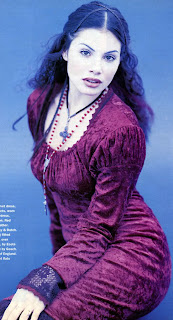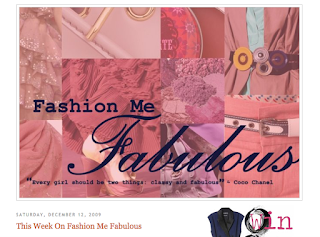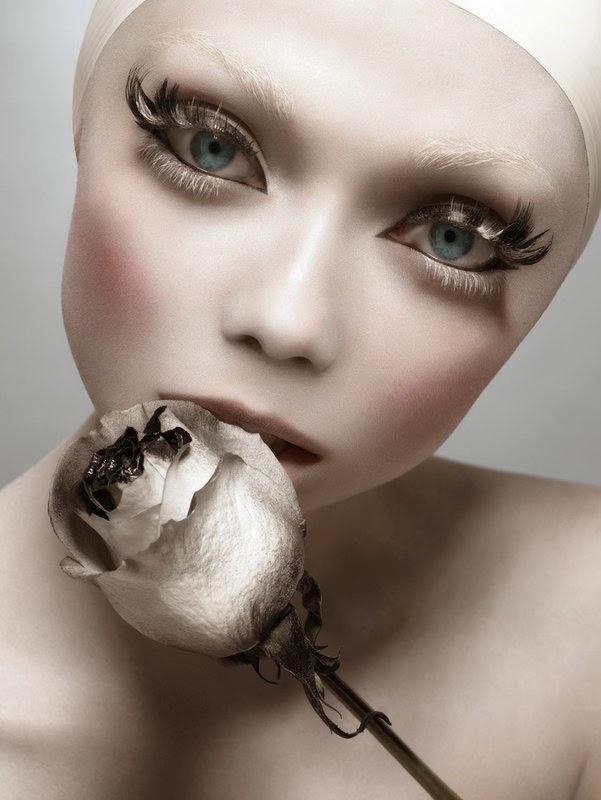Grunge and the Girly Girl
 |
| I wore so much crushed velvet. |
People were talking about Prozac, slackers, and the seemingly in-stasis Generation X. Post-modernism was questioning everything and if you held on to any "old" belief, you were just out of touch. Everyone was dripping in their own angsty sadness, which from this side of a decade long war and horrible world tragedy was a self-indulgence. (If you doubt me, please read some of Douglas Coupland's 90s work and you will absolutely understand.) Starting in 1997 -- my first year of high school -- with early morning gunfire in Paducah, Kentucky, school shootings became a staple of the decade's end. (The anniversaries of the Waco Texas massacre, the Oklahoma City bombing and the Columbine shooting were all last week and no one said a damn thing.)
The early 90s were a reaction against the hyper-glam, ambitious, money-driven 80s. Grunge was for the anti-yuppie. The clothing and the attitude were linked. I will wear my jeans torn to shreds and my boyfriend's old flannel because I don't care about impressing you. I don't care about getting a better job. I will not conform to your standards. Of course, anyone not conforming to this standard was on the outside. As an innocent young teen with a strong romantic streak who was sick of being bullied, I pulled this attitude on like an uncomfortable armor. My ex-marine father was not pleased, and honestly neither was I.
Freshman year involved more conforming, but by year's end I was tired of it. I was tired of wearing clothes that weren't me to appease people who didn't like me anyway. I returned to my romantic, nearly gothic retro clothes. I wore vintage jewelry once more. The other kids made fun of me. Why wasn't I in sporty track pants? Was I in a weird religion that made me wear skirts? Were those my grandma's clothes?
We admire certain rebels -- women who were pant-wearing rogues in the 30s or anti-housewife feminists in the 60s -- but what about women who like being girly? Well, the 90s wasn't for them. Skirts and ruffles and bows were for the weak. Feminine things were for children. The 90s woman was tough, introspective and no-nonsense because somehow part of that third wave of feminism thought that feminine things were inherently less.
That idea sits strongly in the minds of many people, if it didn't women wouldn't be encouraged to avoid pink, ruffles and other feminine details when dressing for a job interview. If it didn't, people wouldn't do a double take of my dress and heels when I start talking football. If it didn't, my youth girls wouldn't feel that tomboy was somehow more authentic and that girly must be shallow.
We look back on other time periods wistfully, forgetting those who struggled, those who were left out. We joke about not being born in the right time, but the grass isn't greener. No one had it easier. They just had it different. Clothing trends aren't born in a vacuum of cool; they're a manifestation of the culture that embraced them.



Comments